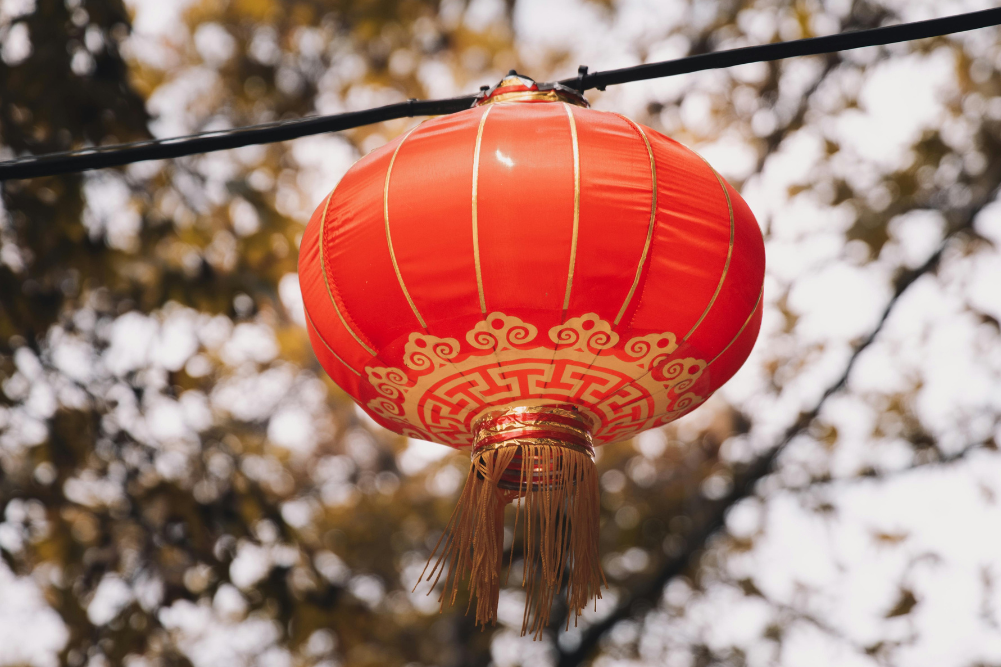Pomegranates
Pomegranates have a long, varied, mythological and multicultural history. They are fruit-bearing deciduous shrubs in the Lythraceae family, grow in semiarid climates, are drought tolerant and can tolerate moderate frosts. Pomegranates are thought to have originated in Northern India, Afghanistan and Iran before spreading to Asia, Africa and Europe. They have been cultivated throughout the Middle East, India and Mediterranean for millennia, being domesticated since the fifth millennium BC. There has been long debate by historians whether the pomegranate or the date palm are the original “tree of life”.
Pomegranates were cultivated in Egypt before the time of Moses and possibly the fi rst fruit ever cultivated by humans in Asia Minor. Pomegranate’s name is derived from the medieval Latin pomum or “apple” and granatum “seeded”. Granatum also means “of a dark red colour” – describing the pulp. The modern French term for pomegranate – grenade – has given its name to the military grenade.
Pomegranate’s name is derived from the medieval Latin pomum or “apple” and granatum “seeded”. Granatum also means “of a dark red colour” – describing the pulp. The modern French term for pomegranate – grenade – has given its name to the military grenade.
Throughout the Middle East and Central Asia, the pomegranate was highly revered. In Egypt, being the symbol of prosperity and ambition and in Ancient Greece, it is believed to have sprung from the blood of Adonis and was the food of Persephone in the underworld.
Today the symbolism of the pomegranate is incorporated in all major religions with its ancient and modern meanings encompassing symbols of life, health, prosperity, longevity, femininity, fertility, knowledge, morality and immortality, spirituality, death and resurrection, science and medicine and paradise.
Parts Used
Seeds, peel/rind, juice. Ayurvedic medicine also uses flowers and the root bark. The roots are rich sources of alkaloids. Pomegranate skins are used to dye wool and silk in textile and carpet industries.
Active Ingredients
Pomegranate seeds contain 78 per cent water, 19 per cent carbohydrates, two per cent protein and one per cent fat. A serving of 100g provides 12 per cent of the RDA for vitamin C, 16 per cent vitamin K and 10 per cent folate, with a range of vitamins and minerals including calcium, magnesium, manganese, potassium, copper and zinc. They are a source of dietary fi bre (20 per cent RDA).
The phytochemicals in pomegranate seeds and rind include polyphenols, anthocyanidins and catechins, with a higher phenolic content in the peel. The seed oils contain punicic, palmitic, stearic, oleic and linoleic acids.
Therapeutic Uses
Traditionally, pomegranate was used to treat tapeworms and infections (Ebers Papyrus 1500 BC) and in ancient Ayurvedic medicine was considered “a pharmacy unto itself” being used as an antiparasitic, a blood tonic, and to heal aphthous ulcers, diarrhoea and stomach ulcers.
Gastrointestinal: Pomegranate has shown positive effects in the prevention and treatment of gut disorders, enhancing gut barrier function, repairing gut lining and reducing infl ammation.
Cardiovascular: Research into the cardioprotective effects of pomegranate have shown promise in improving various parameters. In a study, 100 patients with ischaemic heart disease were given pomegranate juice daily for five days of hospitalisation. During this time, those taking the pomegranate juice experienced a reduction in the intensity, occurrence and duration of angina accompanied by lowered serum troponin levels.
Diabetes and obesity: Research has shown that fresh pomegranate juice (daily), can significantly improve type 2 diabetes. In a study, where 85 participants with type 2 diabetes were given pomegranate juice, after just one dose, within three hours, insulin resistance improved, cell function was enhanced, serum fasting glucose decreased and intestinal glucose uptake was inhibited. Pomegranate juice also has a beneficial effect on body weight and BMI in adults.
Inflammation and infection: Research has shown pomegranate to have significant anti-inflammatory activity – largely through the COX- 2 pathways and Prostaglandin E2 (PGE2) as well as reducing CRP (C-Reactive protein) levels in both men and women. Pomegranate has potent antimicrobial and parasitical activity – in the juice and particularly in the rind. Antimicrobial assays have shown the effect to be concentration dependent, with a high potency against gram-positive more than gram-negative bacteria and can reduce biofilm formation.
Antioxidant: Studies have shown that pomegranate juice has anti-ageing activity, with higher levels of antioxidants than apple juice, and confers greater benefi t in the elderly in improving their antioxidant levels. The antioxidant levels of pomegranate juice have been shown to be greater than red wine or green tea with the peel having even higher levels.
Musculoskeletal: Pomegranate has shown to be beneficial for treating bone loss in osteoporosis, osteoarthritis and rheumatoid arthritis.
Neurological: With pomegranate’s ability to suppress the PGE2 and COX-2 pathways of inflammation in neuronal cells, research has shown its potential for preventing the development and progression of Alzheimer’s disease and reducing the risk of neurodegeneration.
Cautions
Drinking pomegranate juice regularly can erode tooth enamel (equivalent to cola) so rinse your mouth after drinking. Pomegranate can also potentially interact with blood-intestinal glucose uptake was inhibited thinning medications particularly warfarin.








